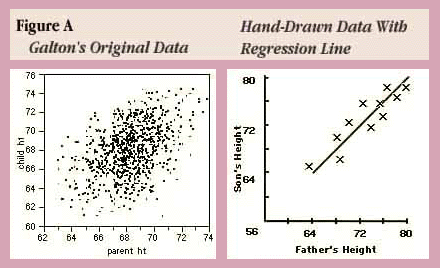
We found that by leveraging the wisdom of the crowds, it is straightforward to reveal who is consistently the most influential. First, we studied news discussions between 2 million users writing more than 50 million posts on CNN, The Atlantic and The Telegraph. We tested and validated the value of our approach in two distinct contexts. The aggregation method we developed is computationally scalable and it can thus be applied in real time situations where immediate actions are necessary. In doing so, we do not pre-impose a set of features describing who the influencers in a social group may be, but we let each individual in the group decide on his own, based on the preferences and beliefs held at that point in time.

We applied the principle of the wisdom of the crowds to identify influencers and developed a simple, yet insightful method that aggregates the individual evaluations into a collective judgment. The concept has been applied to solve a large variety of problems, from prediction markets to informed policy making and made as well its way into mainstream applications, being an important mechanism behind creating content on social information sites such as Wikipedia, Quora or Stackoverflow. This phenomenon is known as the wisdom of the crowds (Surowiecki, 2004) and has raised great interest among both researchers and practitioners. Galton (1907) has long ago observed that social groups can make more accurate collective judgements than expert individuals. We developed a method that does not rely on pre-defined features describing influencers but which considers what is relevant for the analyzed social group at each point in time. We studied how the collective wisdom of a social group can be leveraged to identify influencers. to identify influencers that promote a healthy lifestyle). to identify influencers in political discussions) it not guaranteed to work in another (e.g. In consequence, an out of the box identification method that works well in one setting (e.g. contact, socialisation, status competition, social norms) which have a different impact across the five stages of the decision process (knowledge, persuasion, decision, implementation, confirmation). Social influence is a complex process, that operates through several mechanisms (e.g. In doing so, however, it is often neglected that social influence is both context and time dependent. expertise, personality, position in the social network) and then identify the influencers as the individuals with the highest values of these features. Today, the common identification approach is to decide first on the features that best describe an influencer (e.g. If done wrong, it can lead to a waste of resources on sub-optimal campaigns. If done right, it can lead to an increase in sales and profits or success of social programs.

Identifying them, however, can be a challenging work. Therefore, knowing who these influencers are gives organizations a competitive edge.

There is extensive evidence that shows that influencers drive new product adoption, public health policies or voting behaviour. A supporting exhibition and seminar will be provided on the same day.Firms, political parties and non-profit organisations increasingly rely on social influencers to spread products, ideas or behaviours. The Academy offers bespoke training and development, hands-on training and lean manufacturing programmes, as well as new ‘EFIA challenges’ into 2011.įinally, EFIA is pleased to announce that the renowned EFIA Print Awards & Gala Dinner Event will take place on 30 March 2011, once again at The Armouries, Leeds. Through the training and development function, EFIA will continue to develop the online ‘EFIA Academy’. To support these initiatives, EFIA welcomes Joanna Stephenson, Marketing Director of Sun Chemical Packaging Europe, and Dean Stanford, Print Manager of Amcor Flexibles, onto the Board. The mission of EFIA is to become a natural extension of our member companies, in terms of technical support, education, innovation and promotion on a UK & European basis.” These new streams of activity are seen as fundamental to EFIA continuing to take a lead role in promoting and supporting flexographic printing within the print industry.ĭavid Galton, EFIA Chairman, comments: ‘”The flexographic print industry is maturing in the UK and Europe and whilst it remains the right print technology, in the highly competitive and challenging times we live in, the industry continues to require support to improve and enhance its operational efficiency performance.


 0 kommentar(er)
0 kommentar(er)
